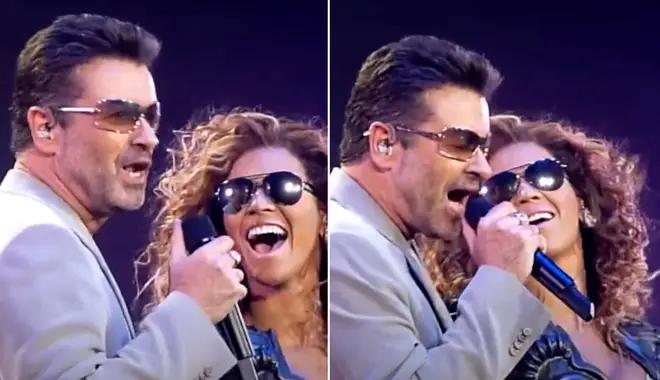Few songs transcend generations and become anthems for female empowerment quite like “Girls Just Want to Have Fun.” Cyndi Lauper’s iconic hit, released in 1983, remains a staple on radio playlists and dance floors worldwide. But beyond its catchy melody and vibrant music video, the song’s journey reveals a fascinating tale of transformation, artistic vision, and the power of a well-placed lyrical tweak.
From Garage Rock to Global Phenomenon: The Making of an Anthem
Interestingly, “Girls Just Want to Have Fun” wasn’t initially destined for pop stardom. The song was originally written and recorded by Robert Hazard, a male artist, in 1979. Hazard’s version, with its garage rock vibe and lyrics delivered from a man’s perspective, painted a different picture altogether.
Enter Cyndi Lauper, a rising star with a unique voice and a knack for reinterpreting songs. When her producer, Rick Chertoff, presented her with Hazard’s demo, Lauper wasn’t initially convinced. The song’s original tone didn’t resonate with her, and she recognized the need for a complete overhaul to align with her own experiences and artistic vision.
The transformation of “Girls Just Want to Have Fun” is a testament to Lauper’s creative genius. She injected the song with her signature energy, infusing it with elements of reggae, Motown, and pop. However, it was the lyrical changes that truly made the song her own. Working with Hazard, Lauper shifted the narrative perspective, crafting a story of female camaraderie and liberation. Gone were the undertones of male disapproval; in their place emerged a powerful message of female agency and the simple joy of having fun on one’s own terms.
The Music Video: A Celebration of Individuality and Mother-Daughter Bonds
The song’s iconic music video, directed by Edd Griles, further solidified its status as an anthem. The video’s vibrant colors, quirky fashion, and Lauper’s infectious energy perfectly captured the spirit of the song. But beyond its visual appeal, the video also carried a deeper message.
One of the most striking aspects of the video is the inclusion of Lauper’s real-life mother, Cat. In a heartwarming display of family ties, Cat plays the role of Lauper’s on-screen mom, expressing exasperation at her daughter’s antics. This casting choice added a layer of authenticity and underscored the song’s message of female solidarity across generations.
The video’s portrayal of diverse women from different backgrounds, all united in their pursuit of fun, further amplified the song’s message of inclusivity. It celebrated individuality and challenged societal expectations of how women should behave, cementing its place as a cultural touchstone.
A Legacy of Empowerment and Enduring Relevance
“Girls Just Want to Have Fun” reached number two on both the US and UK charts, solidifying Lauper’s status as a global pop icon. The song’s impact extended far beyond the music charts, becoming a rallying cry for female empowerment and a celebration of self-expression.
Over three decades later, “Girls Just Want to Have Fun” remains as relevant as ever. Its message of female liberation continues to resonate with new generations, proving that the desire for fun, freedom, and equality transcends time.
The song has been covered countless times by artists across genres, further testament to its enduring appeal. Its inclusion in movies, TV shows, and commercials ensures that its message continues to reach a wide audience.
“Girls Just Want to Have Fun” is more than just a catchy pop song; it’s a cultural phenomenon that encapsulates the spirit of female empowerment. Its journey from garage rock obscurity to global anthem is a testament to the power of artistic vision and the enduring relevance of its message. Even today, as new generations discover its infectious energy and empowering message, “Girls Just Want to Have Fun” continues to inspire, uplift, and remind us all of the simple joy of embracing life on our own terms.


